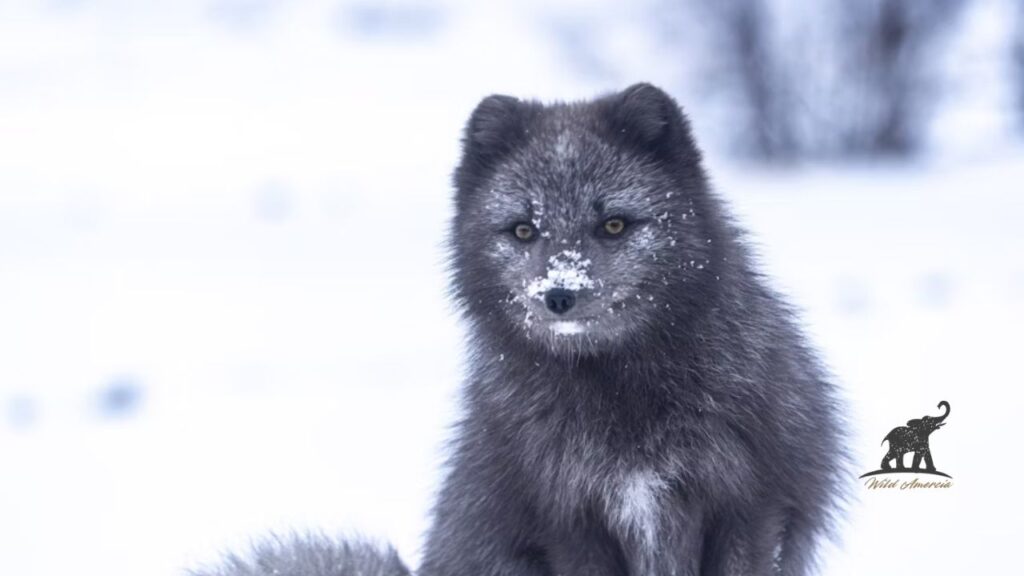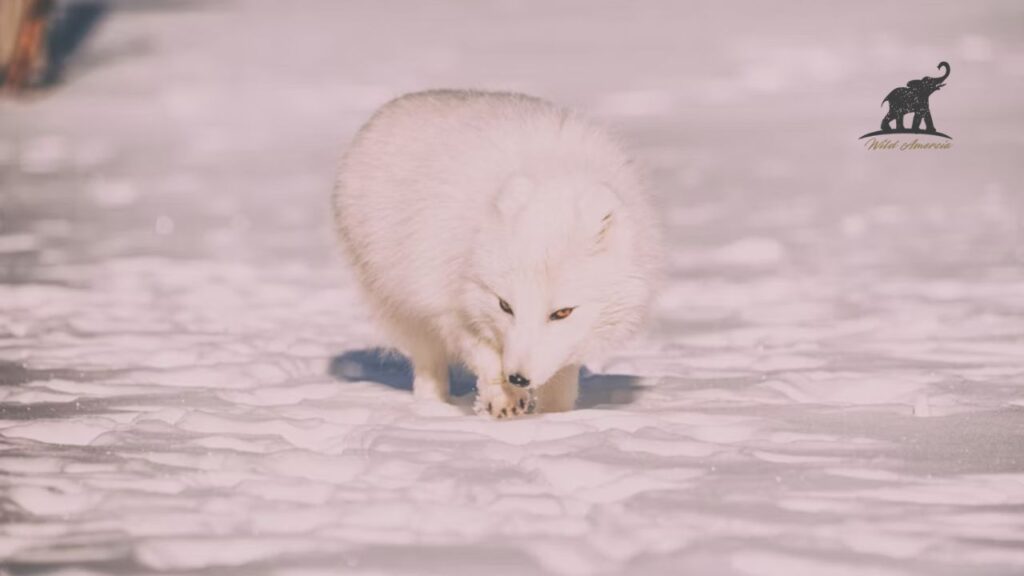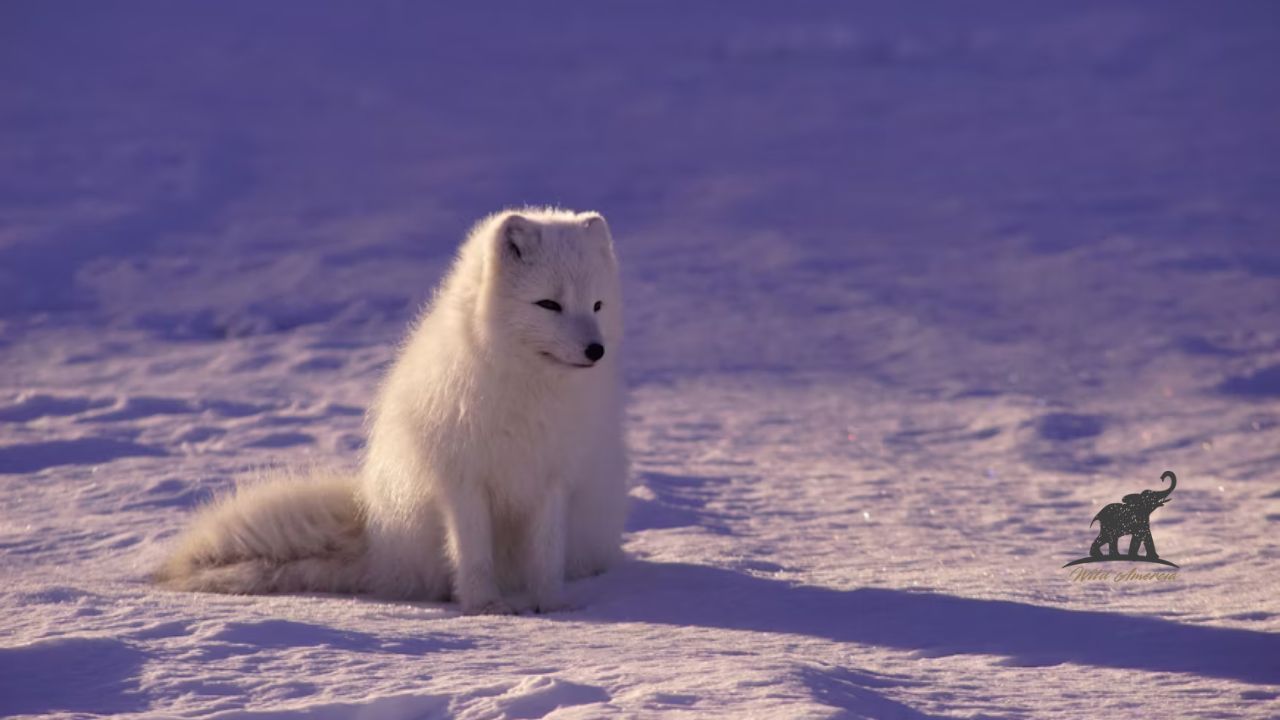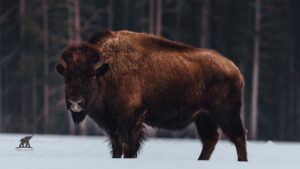Arctic fox fur is one of the most extraordinary adaptations of nature, flawlessly created for existence in the harshest climates on Earth. It is well known for its unbelievable warmth, utility as well as beauty, this majestic fur has captured the interest of designers and wildlife enthusiasts alike. Below, I will discover each and everything you need to know about arctic fox fur-from its distinctive characteristics and seasonal color variations to its environmental significance and traditional impact.
Key Characteristics of Arctic Fox Fur
To kick things off, here is a quick snapshot of the fascinating features of arctic fox fur:
| Feature | Detail |
| Thickness | Two thick layers provide unparalleled warmth. |
| Seasonal Colour Changes | White in winter and brown or grey in summer. |
| Warmth | Arctic fox fur is extra warmer than other mammals (polar bear fur) |
| Density | up to 20,000 hairs per square cm. |
| Protection Features | Fur-covered footpads also to insulate against snowy terrain. |
The Magic behind Arctic Fox Fur

How Many Layers of Fur Do Arctic Foxes Have?
Arctic foxes have an outer layer and an inner or undercoat of fur. Undercoat is extraordinarily dense and is a source of insulation; however the outer fur/hairs are long and protect the fox from wind and moisture through resistance. One of the striking features is the density of both coats. Just imagine how dense arctic fox furs will; that supports the life at -50°C!
Why Do Arctic Foxes Have Thick Fur?
Thick fur is more than just for warmth. It is also a source of defense against predators. It also provides insulation as well as acts as camouflage. Furthermore, their densely furred footpads confirm grip and comfort while walking on snowy and rocky surfaces.
Do Arctic Foxes Shed Their Fur?
Yes! Arctic foxes fur also goes through the process of shedding /molting, especially as the seasons change. This shedding is resulted into a complete transformation in the spring and autumn; and color change become more noticeable.
Is Arctic Fox Fur Warmer Than Polar Bear Fur?
Although this is debatable, some experts and Indigenous Arctic communities believe that the densely compacted layers and insulating undercoat of Arctic fox fur make it warmer.
Seasonal Wonder: Why and How Arctic Foxes Change Colour
The ability to change the color of arctic fox fur is most amazing feature of this beautiful and gentle animal.
Why Do Arctic Foxes Change Their Fur Colour?
Arctic fox fur has ability to change its color white in snowy or winter season and shades of brown or grey in summer seasons; it gives a perfect camouflage to this charming snow adopted animal. In this regard, this adaptation makes easy to blend in icy –covered terrains during winter and the mountainous summer landscapes.
What Causes Seasonal Fur Changes in the Arctic Fox?
Photoperiodism is the phenomenon by which daylight hours and changes in melanin production influence color change. This ensures that the color of the fur matches the environment.
Cultural and Historical Significance of Arctic Fox Fur

For centuries, arctic fox fur has been admired for its extraordinary practicality and allure.
Is Arctic Fox Fur Expensive?
Yes, arctic fox fur is very expensive due to its rarity and high qualities, arctic fox fur is has significant value, principally in the fashion industry. Though, its use has reduced in latest years due to concerns about ethical sourcing as well as animal welfare.
Modern Usage and Popularity
Undeniably, arctic fox fur has also seeped into pop-culture. For instance, in the video game “Assassin’s Creed Valhalla,” players regularly wonder where to obtain/ locate Arctic fox fur AC Valhalla, a digital nod to its long-lasting appeal.
Fun Facts about Arctic Fox Fur
- Why Arctic Foxes Footpads are thickly furred? To walk comfortably and without frostbite on ice and snow!
- What Color Is the Arctic Fox’s Fur? In winter, it will be white and in summer it will be brown-grey.
- Why Do Arctic Foxes Have Long White Fur in winter? It’s for blending into snowy surroundings to survive and hunt.
Few questions about Arctic Fox Fur
1. Do Arctic Foxes Have Fur on their Paws?
Yes, arctic foxes fur also shows presence on the footpads; and provides insulation as well as protect from slippage on snowy surfaces.
2. Why Does the Arctic Fox Have White Fur?
The animal is able to blend into snowy environments and evade predators thanks to its white fur, which serves as camouflage.
3. How Does the Arctic Fox Fur Change Color?
It’s due to photoperiodism that causes the melanin production and ultimately resulted into changes the colors.
4. Why Are Arctic Foxes’ Thickly Furred Footpads Important?
They have a built-in snowshoe effect, which helps hunters move quietly and reduce heat loss.
5. Does Arctic Fox Have Long or Thick Fur? Yes arctic fox has these two types of fur.
Final Thoughts
Undeniably, Arctic fox fur is masterpieces of nature. With its outstanding adaptations-from its seasonal color variations to its capacity to ward off harsh cold–these resilient beings remain a source of ceaseless fascination. By understanding the role of arctic fox fur in both natural and cultural settings, we can further appreciate the importance of conserving their habitats and ensuring these incredible animals thrive for generations to come.
Admin Recommendation
Experience the Majesty of Elk and Bison Prairie, KY
Cottonmouth Snakes in North Carolina (NC): Key Facts
Bald Eagle Spiritual Meaning: A Guide to Symbolism and Significance












